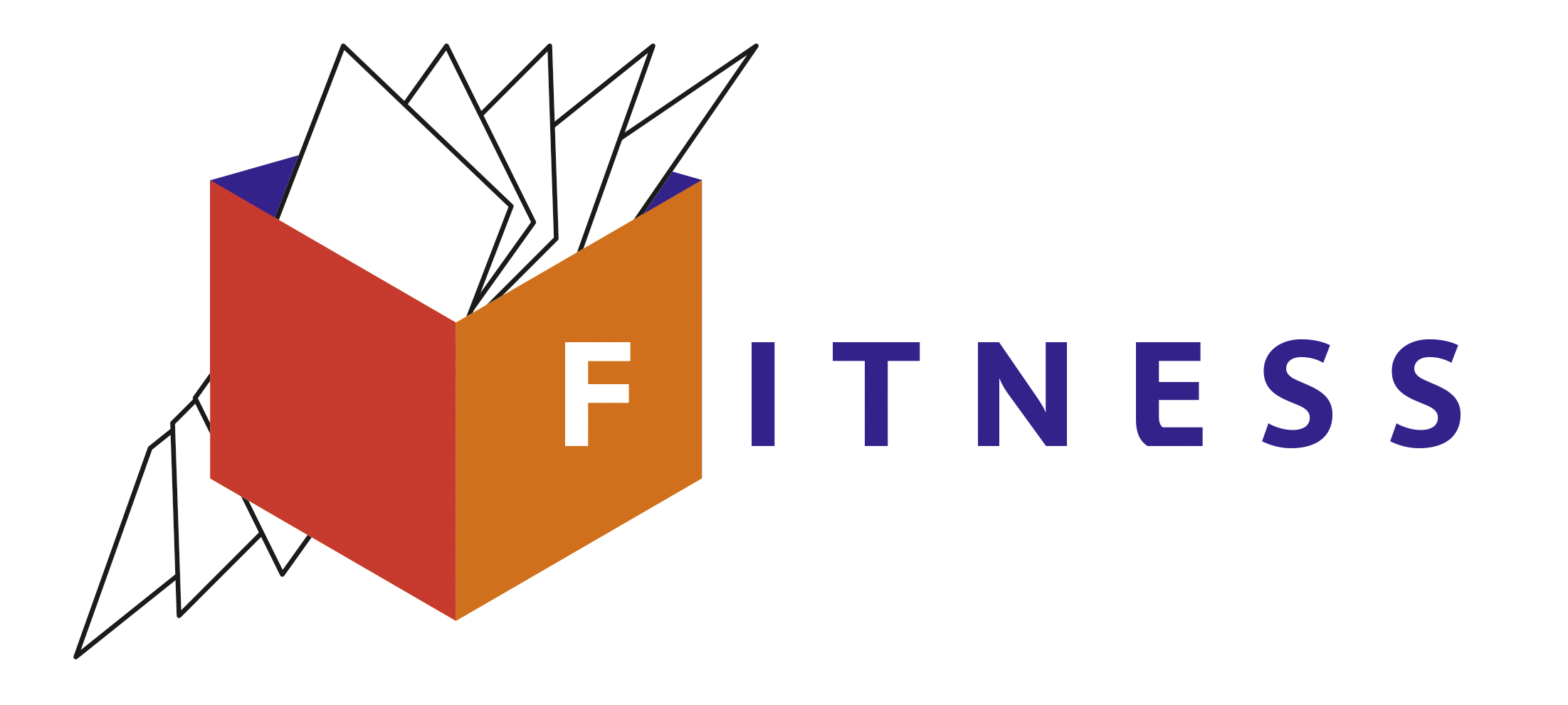
IntroductionLegal textsRelated lecturesIntroductive case StudiesCase-study 1: Packaged sandwich - calculation of migrationTroubleshooting - How to activate Flash
Introduction
Migration modeling is authorized as an alternative to complex and time-consuming migration testing. It is looked with envy outside EU and for non-food applications. The presented examples illustrate the principles for monolayer materials.
Legal texts
Migration modeling has been introduced early in article 14 of EU directive 2002/72/EC:
"(14) For certain types of plastics the availability of generally recognised diffusion models based on experimental data allows the estimation of the migration level of a substance under certain conditions, therefore avoiding complex, costly and time-consuming testing."
Its application has been consolidated in the regulation 10/2011/EC:
"(32)...As migration testing is complex, costly and time consuming it should be admissible that compliance can be demonstrated also by calculations, including modelling, other analysis, and scientific evidence or reasoning if these render results which are at least as severe as the migration testing. Test results should be regarded as valid as long as formulations and processing conditions remain constant as part of a quality assurance system."
Article 16 - Supporting documents
\2. That documentation shall contain the conditions and results of testing, calculations, including modelling, other analysis, and evidence on the safety or reasoning demonstrating compliance. Rules for experimental demonstration of compliance are set out in Chapter V.
Chapter 2 - 2.2.3. Migration modelling
To screen for specific migration the migration potential can be calculated based on the residual content of the substance in the material or article applying generally recognised diffusion models based on scientific evidence that are constructed such as to overestimate real migration.
Related lectures
Migration modeling modeling encompasses several techniques of mathematical, physical and chemical modeling. An extensive review of the predictive approaches is available in as a chapter reproduced here. The methodologies can be combined with complementary preventive and optimization approaches to develop safe and environment friendly packaging (see recent article). For compliance testing alone, the EU task-force TF-MathMod published a practical guide.
Please refer also to the following sections:
| Specialized lectures: section 3 | Specialized lectures: section 4 |
|---|---|
| REGULATORY CONTEXT EU AND MEMBER STATES - SESSION 3 PACKAGING AND FOOD PRESERVATION ( section 3.1) | PRINCIPLES OF MASS TRANSFER - MASS TRANSFER IN FOOD PACKAGING ( section 4.1 - part1,section 4.1 - part2) |
| GMP, SAFETY & QUALITY MANAGEMENT SYSTEM, RESPONSIBILITIES AND - CERTIFICATION FOOD CONTACT MATERIALS (FCM’S) REGULATION ( section 3.2) | UNIT 4.2. MIGRATION MODELING IN/FROM MONOMATERIALS ( section 4.2) |
| UNIT 4.3. MIGRATION MODELING FOR MULTI-MATERIALS, MULTI-STEPS PROCESS, REUSABLE MATERIALS ( section 4.3) |
Introductive case Studies
Please start with this case-studies before starting with more complex cases.
Case-study 1: Packaged sandwich - calculation of migration
This case study includes data on the composition, geometry and physical characteristics of the packaging as well as data on the conservation and use of the product. The goal is to evaluate the risk of chemical contamination of the food by packaging, using a predictive approach, using the on-line platform: SFPP3 (Safe Food Packaging Portal version 3). The platform enables to resolve remotely several mass transfer problems including migration and permeation.
| user | password |
|---|---|
| fitness | trainee |
Troubleshooting - How to activate Flash
Flash is not required for calculations but to answer to questions of the Quizz .



